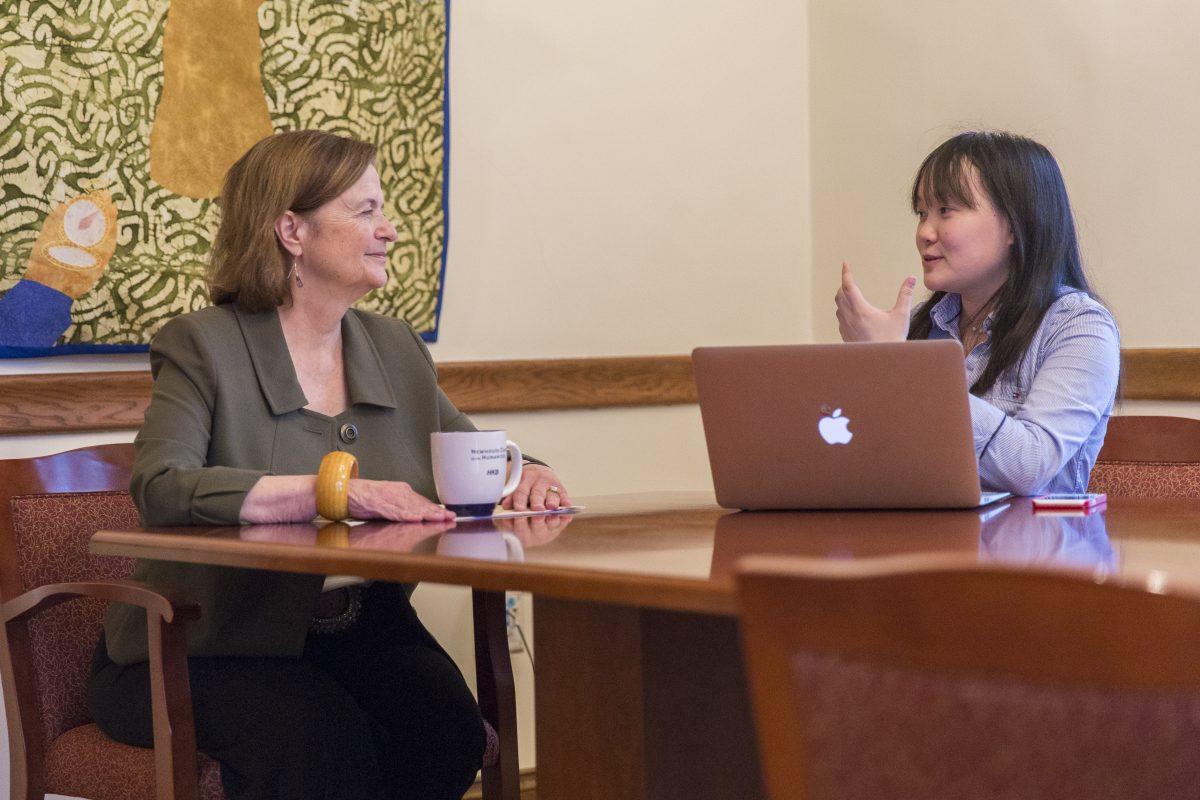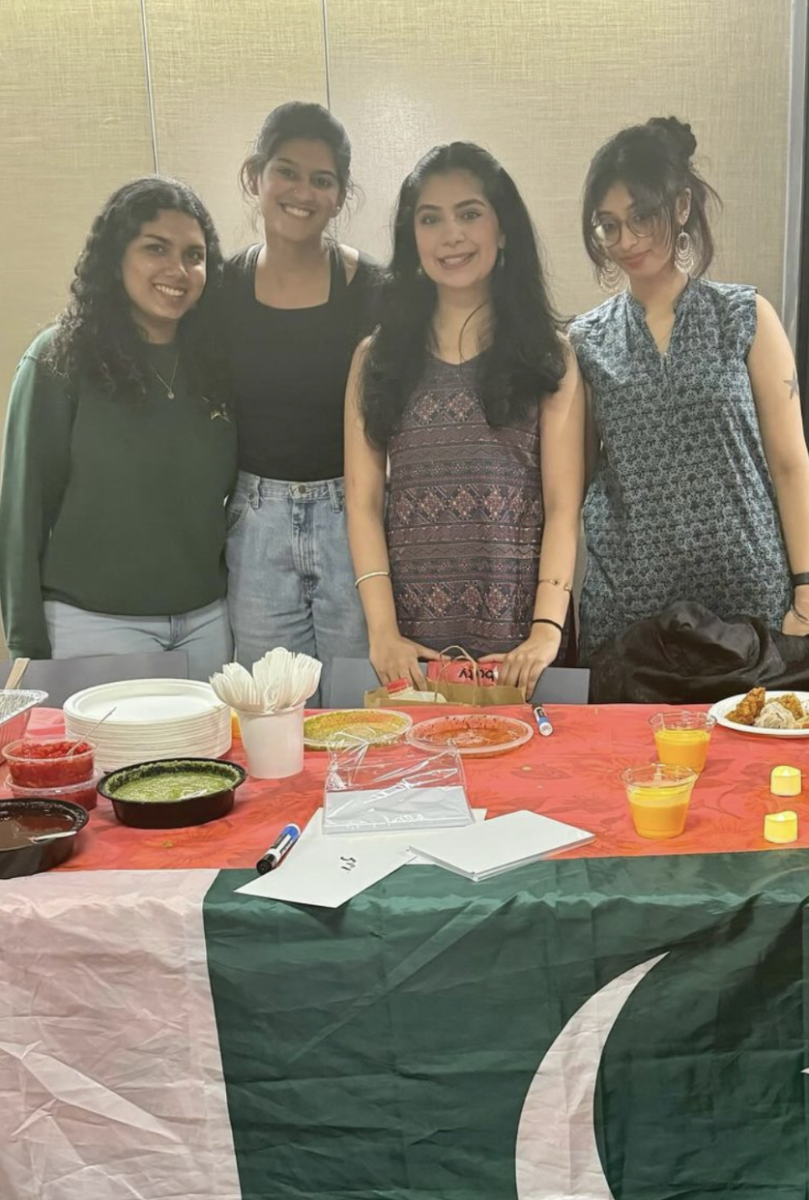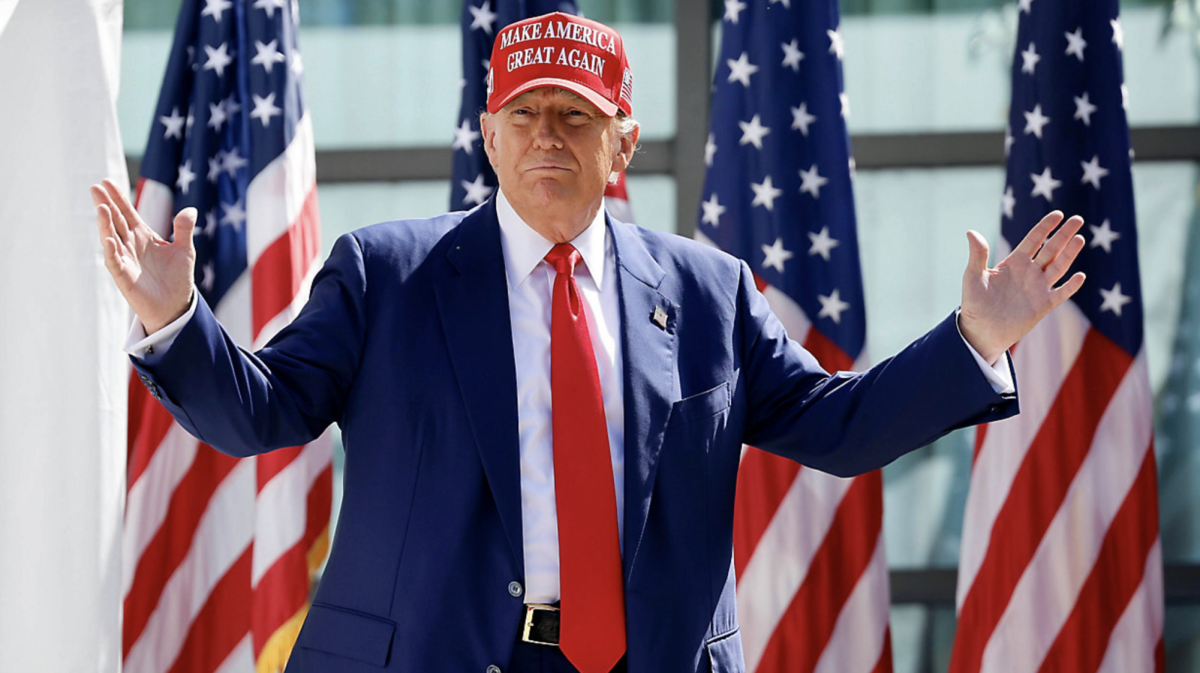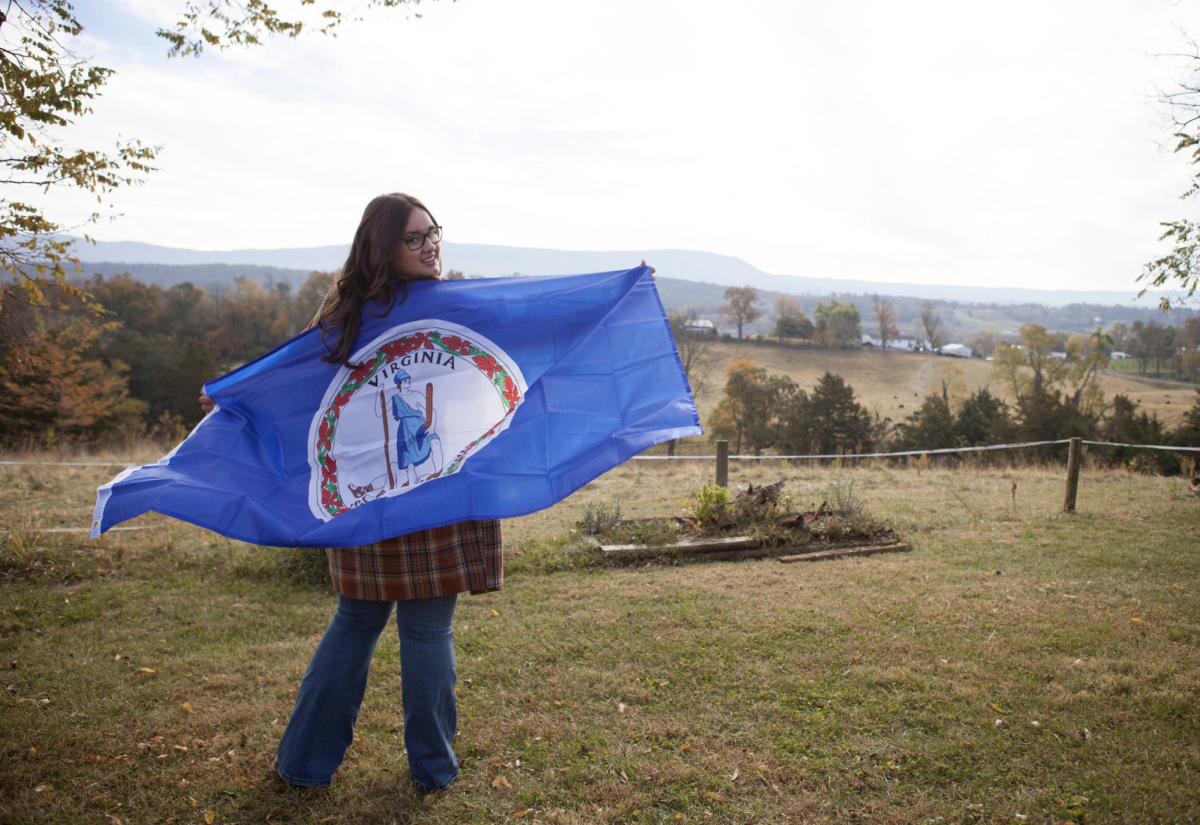Commemorating her 9th and final year as President of Wellesley College, President Kim Bottomly has served the college community since August 2007. Having worked as an immunologist before coming to this institution, Bottomly is well-known for her advocacy of women’s excellence in Science, Technology, Engineering, and Mathematics (STEM) education. She is also a champion of the liberal arts education and has pioneered multiple initiatives throughout her presidency, including the establishment of the Madeleine Korbel Albright Institute for Global Affairs, the Three College Formation between Wellesley, Babson College and Olin College of Engineering and Wellesley’s partnership with Peking University in Beijing.
Before coming to this college, Bottomly worked as a faculty member at Yale University. She described her work as a researcher, elaborating on her background in science and how this intersected with her passion for women’s education.
“I came from Yale and I was an active researcher in immunology and I worked in administration mostly overseeing the Yale science portfolio,” she said. “But I was interested in the issues of women in science and education in women, trying to understand what empowers young women to go out in the world and do whatever they want to do and how they feel comfortable doing that.”
After arriving at Wellesley, Bottomly’s first impressions of both the college and the community centered on the people with whom she interacted. She recalled such memories vividly.
“Everyone seemed like they cared tremendously about their job – the students, the staff, the faculty,” she said. “I was very impressed by the intensity of the students – you might say that’s funny, but I thought it was a great quality. [They were] students who cared about the world and cared about Wellesley and cared about things, so that was the first impression I had.”
Bottomly also recalled how generous the students were in introducing her to the Wellesley community. The president noted that because she was not an alumna of the institution, students gifted her a variety of presents to help ease her transition to Wellesley.
“I remember one of these [gifts] in particular… a new umbrella that said ‘Wellesley’ on it, and a note that said, ‘You can’t be seen on campus with your Yale umbrella.’ I thought that was such a wonderful way to say, ‘We’re paying attention to you, you got to get the Wellesley thing right,’” Bottomly explained. “[The students] were also trying to give me a sense of the traditions on campus, which I love. I got several things but the one that was the funniest was for Marathon Monday, a sign that said ‘Kiss Me, I’m the president.’ I had to figure out what that meant since I didn’t know about Marathon Monday. It was a lovely way to be introduced to Wellesley.”
Bottomly elaborated on how her previous experience as a Yale University faculty member and a University of Washington alumna compared with her impressions of Wellesley following her transition to Wellesley College.
“While those two excellent institutions teach a lot of students, there is just no comparison to the kinds of attention and institutional focus on the excellence of teaching undergraduates,” she said. “Here they really care about that as a primary thing. That really distinguishes my experience at Wellesley from those at other institutions.”
Another aspect of this college that differed from her experience at Yale was the alumnae network’s connection with Wellesley. She appreciated how engaged alumnae were with the college community.
While at Wellesley, one of Bottomly’s main initiatives was focusing on the sciences. As the first president of the College from a science background, she emphasized the importance of women in STEM.
“People [across different disciplines] speak differently from one another and they kind of have a culture of their own and I think it’s important that that gets represented in terms of leadership, so I think that’s a good reason to have different people, so I liked being the first scientist,” she said.
Bottomly aimed not just to have students entering into the field of science who were planning to do so before entering college. Instead, she wanted students with different academic interests to engage with the the STEM field in a liberal arts setting as well.
“It’s not just about the people like me who knew always I was going to be a scientist. I’ve always wanted to be a scientist; but for those to be the only ones to be exposed to science, what you want to do is to open it up and have science broadened as a part of a general liberal arts education,” Bottomly explained. “So it’s going to be important for those students who major in anything to feel like they are credible and understand what sciences is all about and that they have the ability to understand a science even if they haven’t majored in a science and not to be afraid of that subject.”
She also emphasized the importance of the presence of women in color in STEM. She recalled a conversation during her first years at Wellesley with students from Mezcla when she admitted that there had been no Latinx students working in her lab during her research career. Bottomly hoped to see an increase in diversity in STEM fields.
When asked if she had advice for those pursuing non- STEM majors, Bottomly insisted that their participation in STEM classes is still vital as it offers useful skills that can be relevant to any discipline.
“I believe that your major can be absolutely dissociated from your career – you should be free to do whatever you want, because a major is about doing a deep dive into an intellectually exciting area and that just helps develop the mind in a wonderful way,” she said. “You can use that in any kind of career. That’s why I say it’s important to take science and technology courses because you can major in English and do work in IT if you want to and vice versa because you’ve learned how to think deeply and critically about a subject, and you can do that with any subject.”
Looking back on when she first arrived at Wellesley, President Bottomly recalled her original vision for her presidency and what initiatives she had expected to take. One aspect she admired in particular about the institution and that she wanted to maintain was its overall impressive caliber of quality education.
“Not everything you think you’re going to do, you do. I was very impressed with the need to continually insist upon excellence. Over 140 years, Wellesley’s really been excellent. I was just very struck by how everything was done, consistent with the idea of excellences. As the new president on the block that I helped maintain that excellence. So many things were already excellent – but when you go into the 21st century, with income inequality, social media, technology, globalization, there needs to be an active process continue to educate students,” she said. “We need to build on the fact that it is a very unique environment that provides a very special quality of education just for women. That has to be the centerpiece of what we do because that is what our reputation is based on….We want to support or sustain the quality of enterprise and that we have quality faculty that work here because those are the reasons that students apply and come to Wellesley.”
Bottomly also discussed some of her proudest achievements that constitute her legacy at the institution throughout her 10 years at Wellesley. Under her leadership, the college formed partnerships with institutions around the world such as the London School of Economics, Peking University and Ashoka University as well as collaborations with Babson and Olin. On Wellesley’s campus, Bottomly also aimed to invest in academic excellence, expand financial aid and enhance study abroad opportunities.
“[Investing in academic excellence] meant that the faculty felt that they could create new things, whatever it took for faculty to feel like they were best serving the undergraduates in college. The second part [of the plan when coming to Wellesley] was really believing in and expanding financial aid. Need-blind admission and providing the financial aid necessary for a student leads to bringing to a college the most promising students. It also leads allowing the college to look at the entire talent pool,” she said. “The third thing was for students to be globally sophisticated and to have more internships and study abroad opportunities: all the ways that students can experience the world from other people’s eyes.”
In thinking about 21st century issues, the College, under Bottomly, also initiated the establishment of the Madeleine Korbel Albright Institute for Global Affairs, inclusion of transgender women at Wellesley, the bringing of Wellesley’s classes to the online learning platform edX and forming the President’s Commission on Ethnicity, Race, and Equity (CERE) to tackle issues of discrimination.
“Albright was about global affairs and thinking in an interdisciplinary way about solving the today’s world problems. Think about the fact that you’re a biology major together with a computer science major and English major and you have to think of a solution to a major world problem. That turned out to be very transformational,” noted Bottomly.
Regarding the decision to admit transgender women into the Class of 2020, Bottomly explained that this decision was consistent in the mission of the College.
“[We were] taking our mission and challenging it … coming up with a policy that expanded the range of students that would be acceptable to apply to Wellesley College and saying that people who continually identify themselves as women should be able to apply. I particularly like the way that ended up because it was very consistent of the fact that we are a women’s college and we should be should be supporting everyone who considers themselves a woman,” she said.
The CERE, Bottomly explained, also was another step into the 21st century for the College. It brought students and faculty together to address issues that Wellesley College can begin to tackle.
“CERE was a major 21st century set of issues that set we have issues of institutional racism in this country and took this up in the meeting room with students of color and faculty of color to figure out what we could do on our own campus and look at ourselves in an honest way to figure out have we done things that let all students have access to a Wellesley education and if not, how do we change…and institutionalize that so we don’t come back to this over and over,” Bottomly explained.
Moving forward, President Bottomly added that some of her more recent initiatives have not been completed yet.
“None of these things are finished things; they will continue on and the other things that I put in place. I’m sure the new president will put her own mark on this but she will also be following through on the things that sometimes takes decades to do. What I will say is that Wellesley is strong, it’s going to continue to be strong, and I have no doubt that it will continue to be strong, both in terms of being one of the best liberal arts colleges in the country and the best women’s college. I feel very confident about that,” President Bottomly concluded.






